
 |
 |
 |
 |
 |
What
Trees might you find in a hedge?
Flowers | Planting | Trees
Trees
Spindle
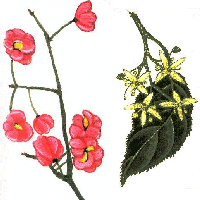
Whitebeam
A native species, the Irish Whitebeam thrives on the limestone soils in the midlands and West and is found only in Ireland. Identifiable by it’s leaves, with soft white undersides, the Whitebeam is widespread but not common. It can still be found in hedges, and it’s wood is fine-grained and excellent for engraving, printing blocks and joinery.
Whitebeams were once planted on parish boundaries, presumably making use of it’s striking leaves as indicators. Related to Rowan, they may interbreed and produce a hybrid. Many darker hybrids are planted in urban areas as Whitebeam is highly resistant to smoke and pollution. It’s leaves scavenge these pollutants from the air and so, in Autumn, are removed.
As with Rowan, the berries of the Whitebeam attract numerous birds and small mammals and are best eaten after a good frost.
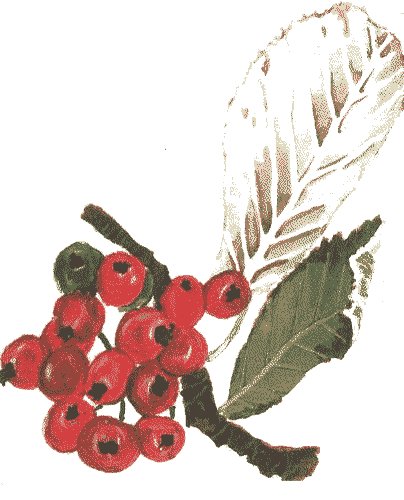
Willow
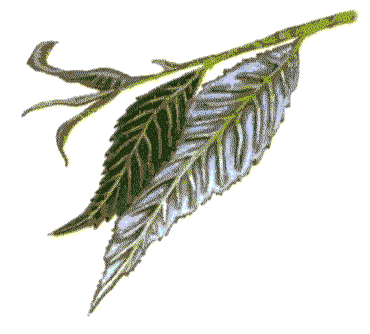
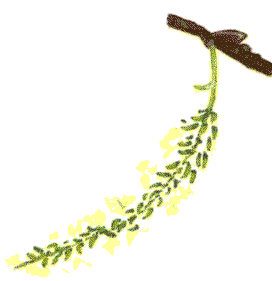
Yew
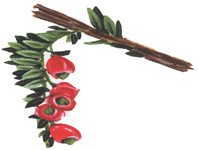
With a unique shape, the Irish Yew can be found in most church grounds and cemeteries. It is only a recently discovered tree and is, in fact, a genetic variation of the Common Yew. Yews are extremely long lived and therefore have historic and traditional associations.They are highly tolerant of shade and pollution, and they eliminate competition by being toxic.
This toxicity has given the Yew a bad name, yet despite rumours cattle can eat it’s foliage (though not for long) and the seed, not the sweet flesh of the berries, is poisonous. Taxol is produced from leaves, cancer fighting agent. It’s association with religious sites predates Christianity and it was considered a mystical tree.
Yew wood is extremely durable and used in making of nails, cogs, axles, pulleys, cups, furniture and weapons, specifically knife handles and bows. The oldest wooden artefact found was a 150,000 spar of Yew wood! Yew is a spectacular tree and, with patience, makes a durable, sound and weather proof hedge. Yew hedges are a common feature on old estates.